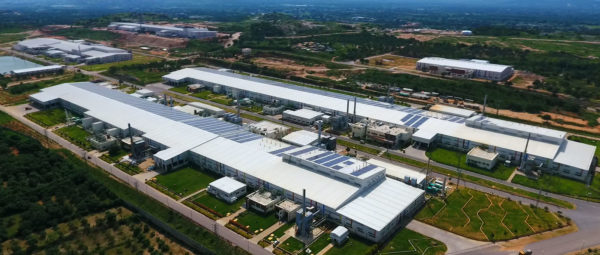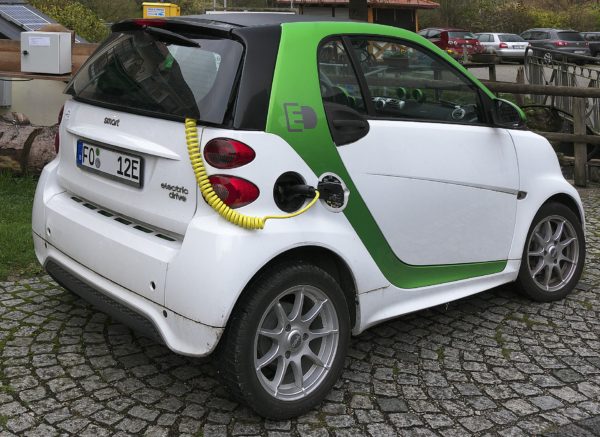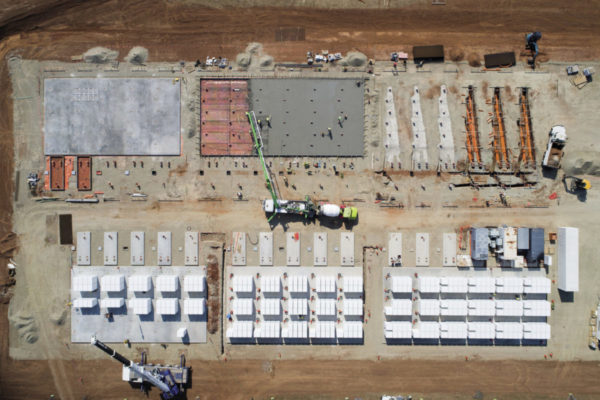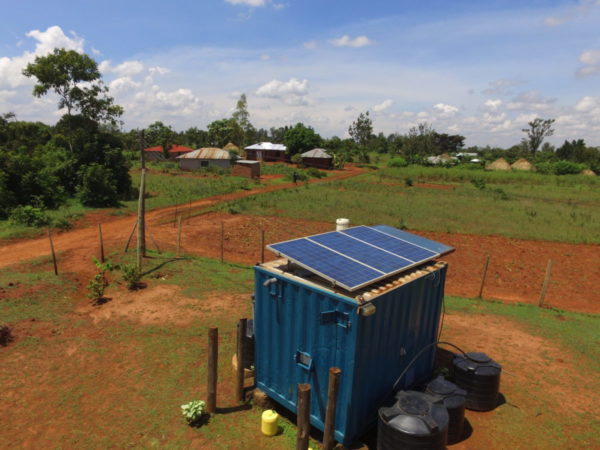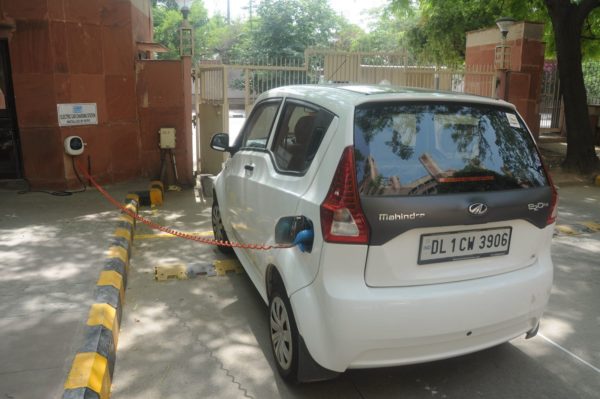Search Results for "electric vehicles"
Press Release
Aug 14, 2018
Exicom has won the NTPC Tender for development of charging…
Press Release
Apr 25, 2018
2nd IESA and ICAT electric vehicle (EV) conclave, the only…
Filter Results
